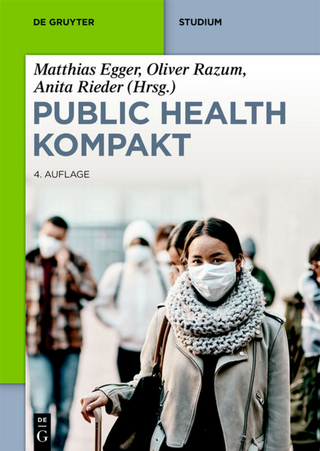
The A-Z of Error-Free Research
Chapman & Hall/CRC (Verlag)
978-1-4398-9737-9 (ISBN)
A Practical Guide with Step-by-Step Explanations, Numerous Worked Examples, and R CodeThe A–Z of Error-Free Research describes the design, analysis, modeling, and reporting of experiments, clinical trials, and surveys. The book shows you when to use statistics, the best ways to cope with variation, and how to design an experiment, determine optimal sample size, and collect useable data. It also helps you choose the best statistical procedures for your application and takes you step by step through model development and reporting results for publication.
Transition from Student to ResearcherHelping you become a confident researcher, the book begins with an overview of when—and when not—to use statistics. It guides you through the planning and data collection phases and presents various data analysis techniques, including methods for sample size determination. The author then covers techniques for developing models that provide a basis for future research. He also discusses reporting techniques to ensure your research efforts get the proper credit. The book concludes with case-control and cohort studies.
Phillip I. Good is a mathematical statistician with nearly 40 years of experience in the field. He has published hundreds of articles on microcomputers and has authored nine books, including A Practitioner’s Guide to Resampling for Data Analysis, Data Mining, and Modeling and Applying Statistics in the Courtroom: A New Approach for Attorneys and Expert Witnesses. He was among the first to apply the bootstrap method in his analyses of 2 × 2 designs with a missing cell. He has also contributed to other areas of small sample statistics, including a uniformly most powerful unbiased permutation test for Type I censored data, an exact test for comparing variances, and an exact test for cross-over designs. He earned a PhD in mathematical statistics from the University of California at Berkeley.
Research Essentials. Planning: Hypotheses and Losses. Coping with Variation. Experimental Design. Data Collection: Fundamentals. Quality Control. Analyzing Your Data: Describing the Data. Hypothesis Tests. Multiple Variables and Multiple Tests. Miscellaneous Hypothesis Tests. Sample Size Determination. Building a Model: Ordinary Least Squares. Alternate Regression Methods. Decision Trees. Reporting Your Results: Reports. Oral Presentations. Better Graphics. Nonrandom Samples: Cohort and Case-Control Studies. R Primer. Bibliography. Indices.
| Zusatzinfo | 21 Tables, black and white; 38 Illustrations, black and white |
|---|---|
| Sprache | englisch |
| Maße | 138 x 216 mm |
| Gewicht | 385 g |
| Themenwelt | Mathematik / Informatik ► Mathematik |
| Studium ► Querschnittsbereiche ► Epidemiologie / Med. Biometrie | |
| ISBN-10 | 1-4398-9737-9 / 1439897379 |
| ISBN-13 | 978-1-4398-9737-9 / 9781439897379 |
| Zustand | Neuware |
| Informationen gemäß Produktsicherheitsverordnung (GPSR) | |
| Haben Sie eine Frage zum Produkt? |
aus dem Bereich


